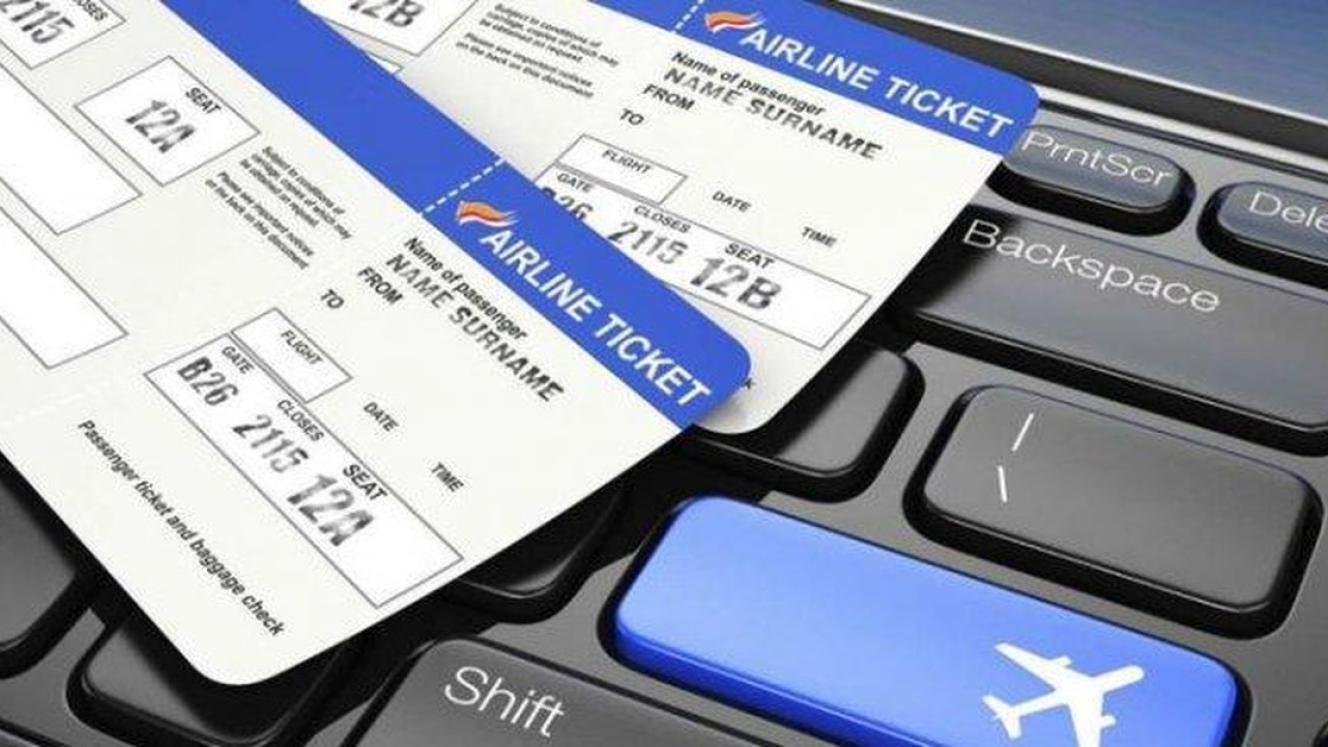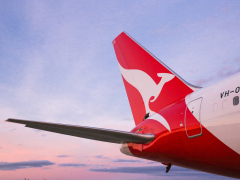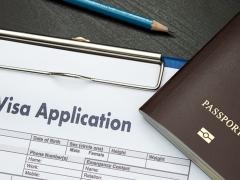Recent testimonies in the ongoing Competition Tribunal case between Airlink and Fly Blue Crane have sparked debate over whether the eventual ruling could set a precedent for regulating airfares on domestic routes.
In February 2018, the Competition Commission referred Airlink to the Competition Tribunal following complaints by the now-defunct carrier Fly Blue Crane and the OR Tambo District Chamber of Business, as reported by Travel News.
The complaints, dating back to 2015-2017, alleged that Airlink charged excessively high fares on the Johannesburg-Mthatha route before Fly Blue Crane’s entry, and subsequently dropped prices below cost after it joined the market.
The Commission’s referral concluded that Airlink had abused its dominant position between September 2012 and August 2016, estimating that passengers may have collectively overpaid about R100 million over the disputed period.
It is seeking an administrative penalty of up to 10% of Airlink’s annual turnover, as well as for the tribunal to offer remedies to correct the conduct.
New testimonies
According to IOL, during hearings which resumed on September 22, the airline argued that the route was never consistently profitable, claiming that it had suffered an operating loss of R12 million outside the disputed period.
In a testimonial on behalf of Airlink, economic expert Anthony Felet, said the airline had persisted with its operations to Mthatha, despite the downgrade of the airport in 2016 and unreliable operating conditions at the airport.
Furthermore, Felet said the airline had been forced to absorb R28 million in losses to re-establish the route post-pandemic, demonstrating its long-term commitment to the route.
While Felet admitted that the airline had earned R104 million in operating profits during the complaint period, he argued these were offset by subsequent losses.
Airlink has declined to comment while proceedings continue.
Tribunal decision to set a precedent
Industry experts are speculating that the Tribunal’s decision could influence future competition cases and may revive discussions around whether pricing regulation has a place on thinner domestic routes.
“Airline pricing is a very sensitive matter and has been for many years. Although regulating airline pricing has never been a good practice, there have been many cases referred to the Competition Tribunal, especially in the days when SAA was still this massive government-owned airline trying to compete with the other commercially independent airlines. The huge failure rate of newer airlines in South Africa is witness to this,” explains Johan Borstlap, aviation expert.
“The practice of dropping airfares by existing, and usually larger airlines as soon as a new airline launches on an existing route was common practice with SAA, and many airlines like Comair and Nationwide took them to court and the Competitions Tribunal, and won some cases. The only outcome following this price war was usually a steep increase once the new player was forced out of the route,” he adds.
Cheaper fares?
According to Borstlap, there should be strict guidelines from the Competitions Council that regulate fair competition but no regulation of airfares.
He explains that the South African market is too fragile for direct fare regulation. Only a small portion of the population can afford to fly and forcing price caps would likely make routes to smaller destinations unviable, he says.
“Airlines often compete on service rather than fares. If they force pricing regulations the competitors will offer less in terms of products offered as they will need to make up the short-term loss of revenue from services offered and a reduction of frequency,” he explains. “Airlines need a specified number of passengers to travel per flight to make ends meet on a particular route. If prices are regulated, airlines will most probably consider vacating thinner routes.”
Borstlap says this will negatively impact routes such as Mthatha, and reduce network growth and connectivity in the domestic market.













